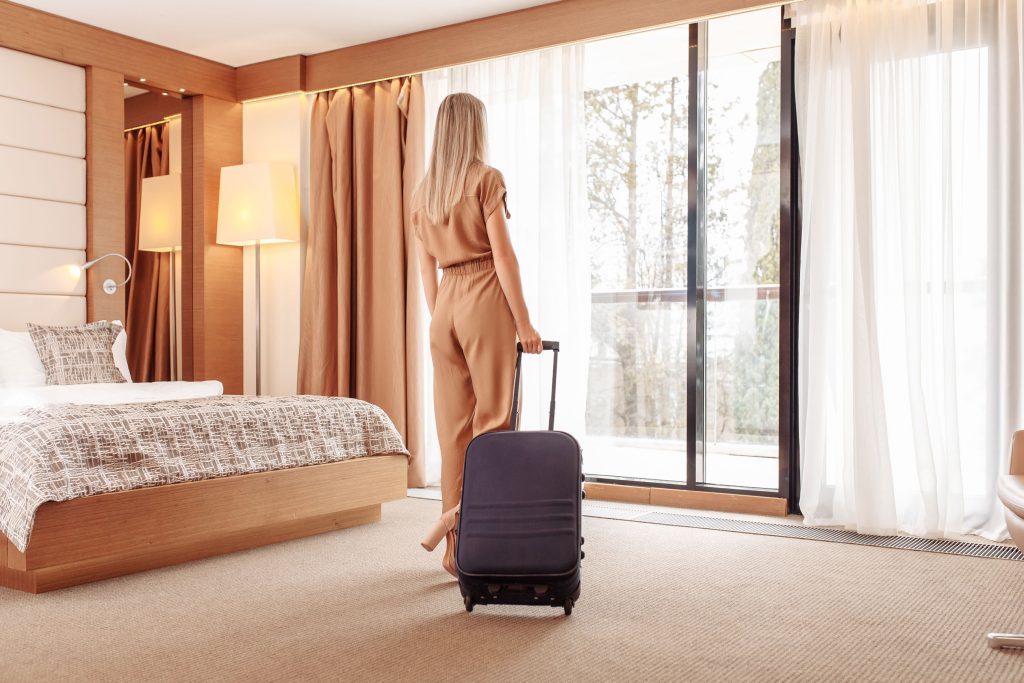Imagine a guest is excited about their stay at your hotel. They’ve booked a room, expecting a seamless experience. But, behind the scenes, your systems – CRS (Central Reservation System) and CRM (Customer Relationship Management) – are barely speaking to each other. The result? Miscommunication, missed opportunities and a frustrated guest who doesn’t feel valued.
This is the reality for many hotels using poorly integrated CRS-CRM systems. When these systems don’t work seamlessly, the cracks start to show.
Here’s what happens:
1. Fragmented Data:
When your CRS and CRM aren’t natively integrated it means they aren’t connected directly, so can’t share data and communicate with each other. This results in data transfer being delayed, incomplete or outright wrong. And it means your front desk might not have real-time access to a guest’s preferences or loyalty status. The personalized service that guests expect? It gets lost in the shuffle.
2. Missed Upselling and Loyalty Opportunities:
Without seamless integration, hotels miss out on key moments to upsell or offer personalized rewards. Think about it: if your CRM doesn’t immediately tell your CRS that a guest has earned loyalty points or is eligible for a special offer, that opportunity is gone. Your guest ends up feeling like just another booking instead of someone who deserves tailored treatment.
3. Increased Labor and Manual Work:
A poorly integrated CRS-CRM creates more work for your staff. Manual data entry to fill in the gaps becomes a daily burden. Not only is this likely to result in human error, it also takes time away from high-value tasks like engaging with guests or improving operational efficiency.
4. Higher Reliance on OTAs:
When you can’t effectively use your own systems to attract and retain guests, you end up relying on third-party Online Travel Agencies (OTAs). While OTAs bring in bookings, their high commissions eat into your profits, making it harder to run a sustainable operation.
The Solution: Native Integration
A natively integrated CRS-CRM solves these issues by allowing real-time, seamless data sharing. Guests are recognized immediately, their preferences applied automatically and upselling happens effortlessly. Your staff spends less time on manual processes and more time creating unforgettable guest experiences.
More importantly, with native integration, you reduce your reliance on OTAs, driving more direct bookings and lowering your distribution costs. It’s a win for your hotel, and your guests.
In a world where personalization drives loyalty, can your hotel afford not to integrate?

